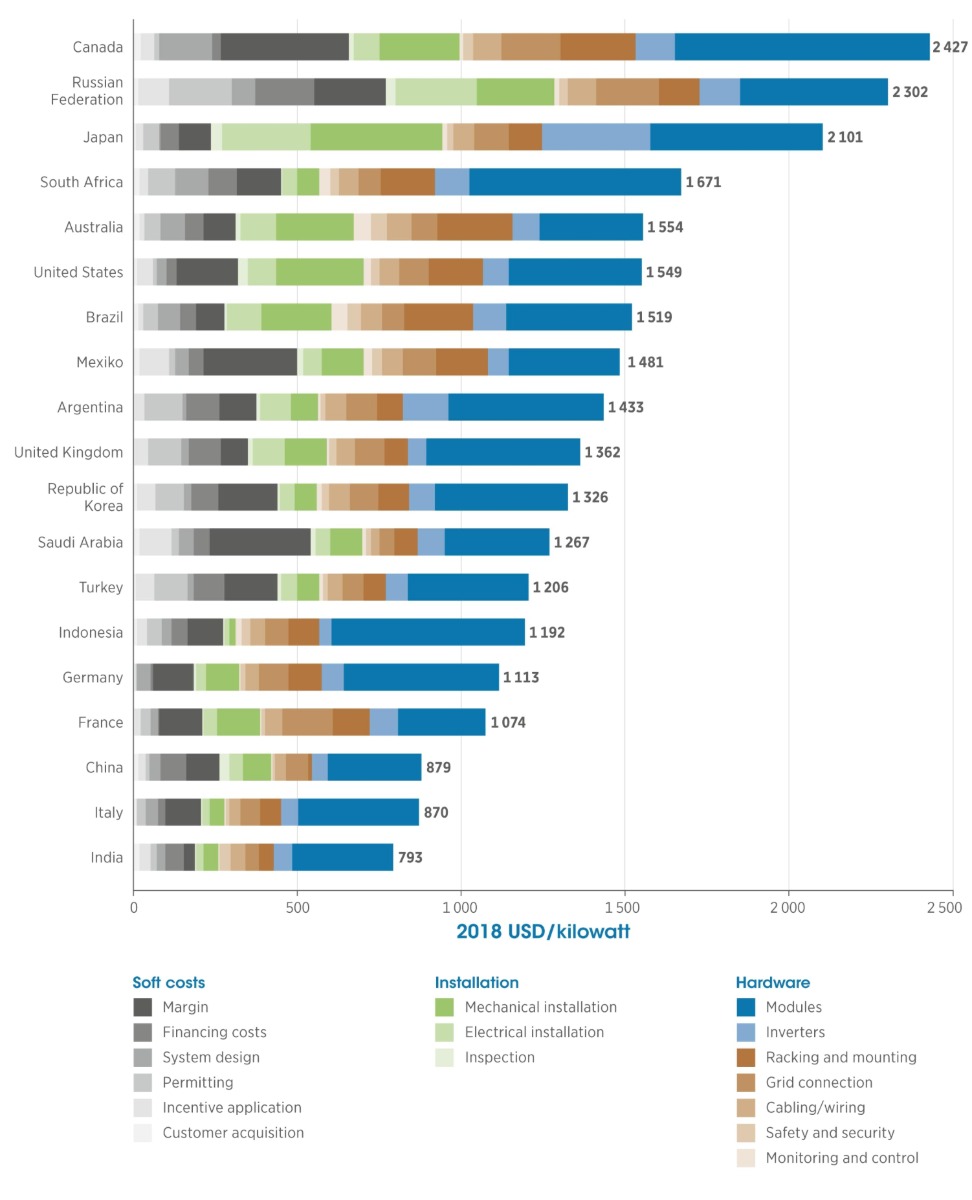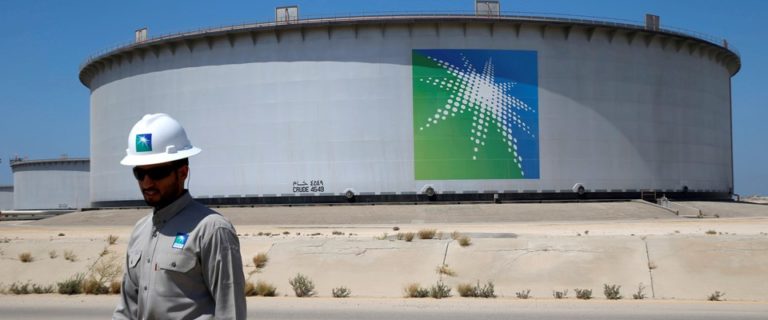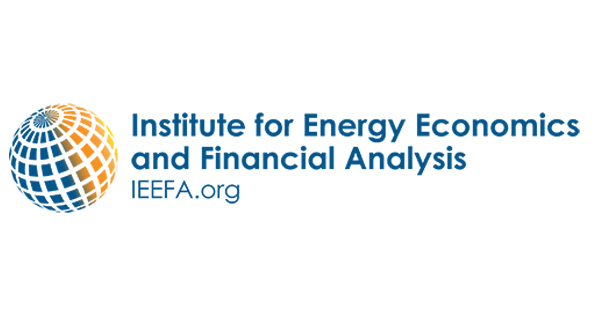Trade tensions put energy transition at risk, says BP chairman

LONDON (Reuters) – Trade tensions risk throwing the global economy’s transition to greener energy into disarray and could hurt energy companies’ preparations toward it, BP Chairman Helge Lund said as leaders of the world’s largest economies gather for talks in Japan.
Lund, in his first interview since taking office in January, said BP would rather see a rapid, orderly phasing out of fossil fuels than a delayed and disorganized transition.
The former chief executive of Norwegian oil group Equinor said BP as well as rivals such as Royal Dutch Shell (RDSa.L) and ExxonMobil (XOM.N) would have a vital role to play to ensure a successful transition to low carbon economies.
“It is better for us to see a path that goes rapidly,” Lund said. “It will be very difficult for the oil and gas companies but that is a better and a preferred solution than an uncontrolled sudden change maybe 10, 15 years into the future.”
London-based BP, like some of its peers, has taken steps toward meeting the 2015 Paris Climate Agreement to limit global warming, including setting targets to reduce carbon emissions from its operations, link them to managers’ pay and ensure that investments are in line with the accords.
But many investors say BP will have to do more, including tackling emissions from the fuels and products it sells to millions of customers daily, known as Scope 3 emissions, to prevent a catastrophic rise in global temperatures.
Lund said however that such Scope 3 targets would tie BP’s hands to make future investments, whether in renewable energy or oil and gas. He nevertheless said the company’s thinking around Scope 3 was likely “to evolve over time.”
BP invested around $500 million in renewable power, electric vehicle charging points and other low-carbon technologies last year, a fraction of its annual spending of $15 billion.
And the pressure on companies and governments to do more to curb greenhouse gases is rising as carbon emission levels show no sign of decreasing.
Investors managing more than $34 trillion in assets, nearly half the world’s invested capital, this week demanded urgent action from governments on climate change, piling pressure on leaders of the world’s 20 biggest economies meeting this week.
France has said it will not accept a final G20 communique that does not mention the Paris climate change agreement.
“The long-term framework around the energy transition is important. Over time it is much easier for big companies like BP if we have a stable global framework for trade and investments,” Lund told Reuters at BP’s London headquarters.
Lund said an unprecedented level of cooperation was needed between companies and governments to bring greenhouse gas emissions to zero by the end of the century.
He urged governments to introduce a price on carbon emissions to allow phasing out fossil fuels, even though only a handful of such schemes have been introduced around the world.
SOUND INVESTMENT
BP has faced a wave of protests by climate activists, including a blockade on its London office and protests at events the company sponsors.
Big investors, including Norway’s sovereign wealth fund, are reviewing shareholdings in some oil and gas drillers, though not in BP and its largest rivals.
Lund, who took part in discussions on a climate resolution with a group of investors earlier this year, believes most investors understand that modern societies are almost built on hydrocarbons.
BP forecasts that even with a rapid increase in wind, solar and other forms of renewable energy, fossil fuels will account for the majority of energy supply for decades to come.
Lund also warned that attempts to curb fossil fuels too fast could harm societies.
“It takes time to change energy systems … If you try to build down the oil and gas industry quicker than you are able to build up a carbon neutral system you will pull societies back.”
Lund said large oil companies would be vital for the transition due to their large balance sheets, technical expertise and innovation skills.
“To be a strong contributor in the long term we have to stay financially strong, we have to be a good investment.”
Lund also said: “There is another dimension that we need to think about and that is if you believe that BP and other integrated oil and gas companies understand energy markets, they have significant balance sheets, they have technical capabilities, they have innovation capabilities, they can take risks – so in my mind business and these companies play an incredibly important role in the energy transition.”
SUCCESSION
Lund, 56, faces the task of leading BP through the energy transition and also overseeing the succession to Chief Executive Bob Dudley, who took the helm in 2010 following the crisis over the Deepwater Horizon rig explosion in the Gulf of Mexico.
Dudley also steered BP through the oil industry’s worst downturn in decades so that the company is now producing strong profits which reached a five-year high last year of $12.7 billion.
“Bob is a very good leader, I am not sure where BP would have been without him,” Helge said.
BP’s board would ensure that when Dudley, who turns 65 next year, steps down, there will be “at least a number of candidates who can compete for the job,” he added.
Lund, a former consultant and political adviser in the Norwegian parliament rejected suggestions he could replace Dudley to become the next CEO.
“I’ve been CEO for three companies. I thought about this when I left BG whether I should try to get one more (CEO) job or try to get a different life and I decided on the latter and I think it is rewarding,” he said.











